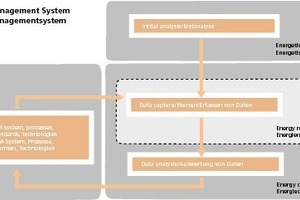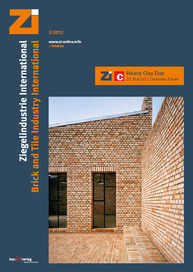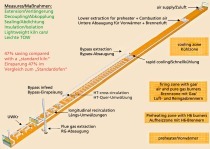Economizing potentials for more energy efficiency in industrial operations
The expanding share of grid fees, taxes and levies embedded in today‘s energy tariffs is gradually curtailing the scope of costs over which companies are still able to maintain direct control – by way of optimized purchasing, for instance. Hence, it is becoming more and more important for companies to enhance their energy efficiency and to optimize the energy aspects of their production processes and technical sequences.







